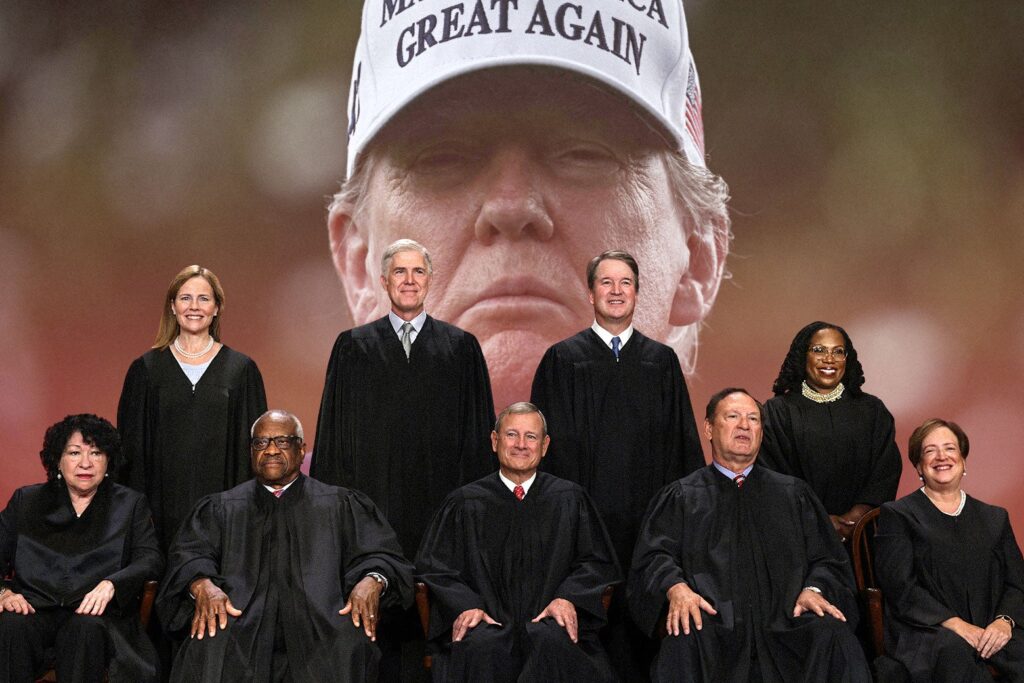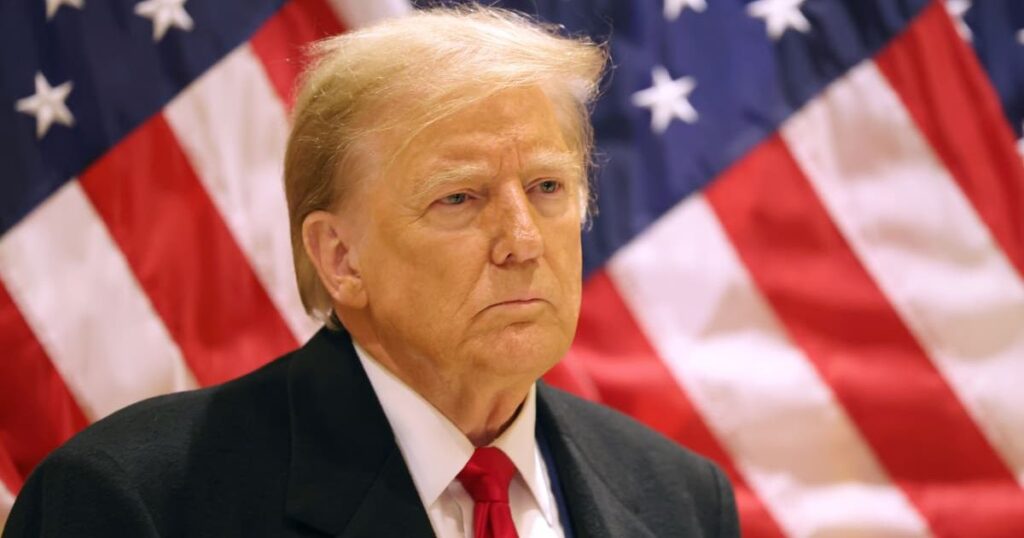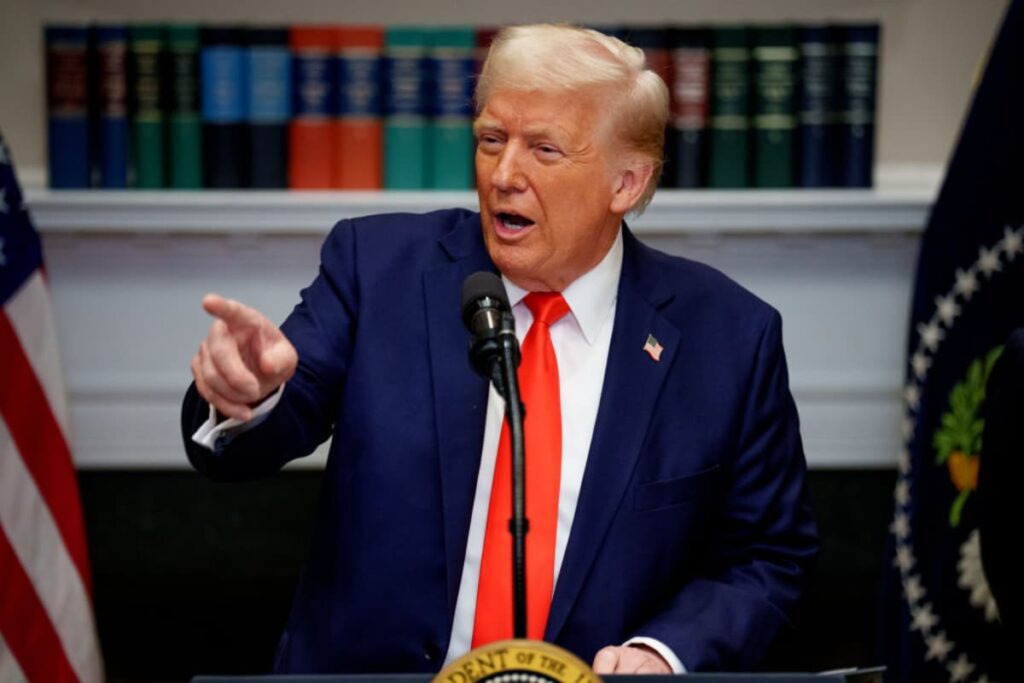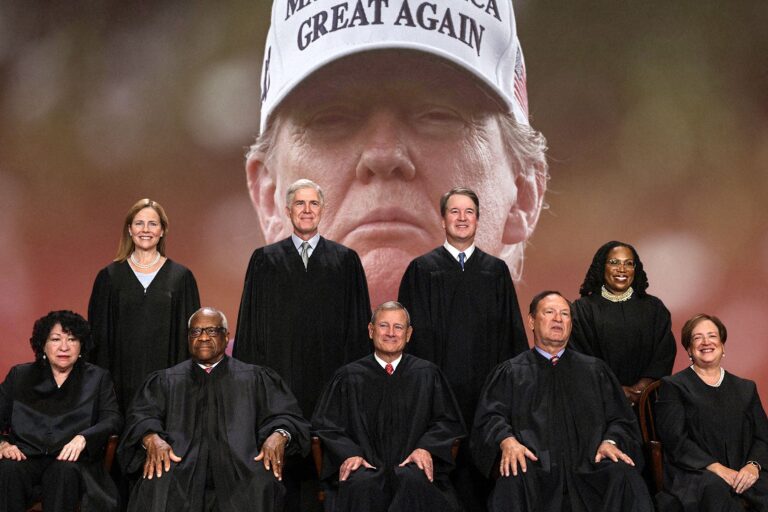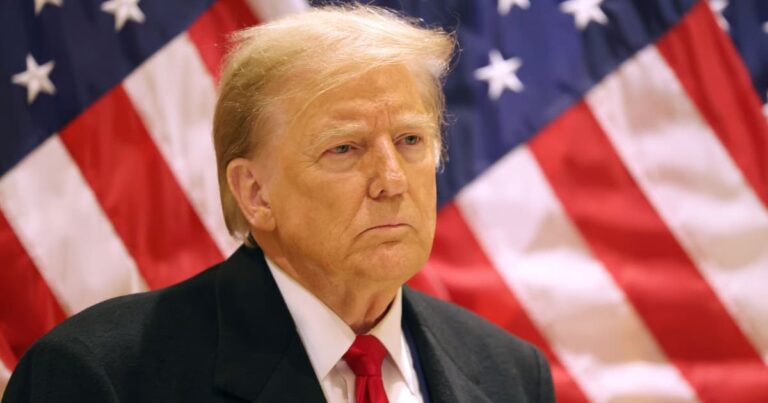US-South Korea Joint Drill, South Korea’s SEOUL, A massive joint military drill between South Korean and American forces was launched on Monday with the goal of strengthening defense capabilities against North Korea’s growing threat of nuclear weapons. Amidst increasing tensions on the Korean Peninsula, North Korea is conducting more weapons tests in retaliation for what it perceives as aggressive measures by the allies. This coincides with the annual drills. Read More
North Korea’s Hostile Reaction
The exercises began shortly after North Korea’s Foreign Ministry issued a statement condemning the drills as “provocative war exercises for aggression.” The regime restated that maintaining a strategic balance to avert future confrontations is what justifies its pursuit of nuclear weapons. Pyongyang reaffirmed its resolve to avert war by “stockpiling the greatest deterrence” in its statement.
Defensive Nature of the Drills
US-South Korea Joint Drill, The United States and South Korea stress that these exercises are strictly defensive in spite of North Korea’s allegations. In response to North Korea’s increasingly sophisticated threats, both nations have recently expanded and enhanced their training initiatives. The 11-day Ulchi Freedom Shield exercises, which run until August 29, will feature over 40 distinct field exercises, including computer-generated scenarios and live-fire training.
The goal of the drills is to become more prepared for any cyberattacks, GPS jamming, and missile strikes from North Korea. They also highlight how modern warfare is changing by using insights from recent international battles.
Scale and Scope of the Drills
Approximately 19,000 South Korean troops are taking part in the exercises, which coincide with nationwide civil defense drills and evacuation exercises focused on responding to a potential North Korean nuclear strike. The US military has not disclosed the number of participating US soldiers or the involvement of significant strategic assets such as aircraft carriers and long-range bombers. However, the US has increased the number of these resources it has stationed nearby recently, and it has been participating in joint drills with South Korean and Japanese soldiers.
North Korea’s Likely Response
North Korea, which has regularly used these maneuvers as a cover for intensifying its nuclear tests and issuing threats, could retaliate hostilely to the joint exercises. North Korean leader Kim Jong Un presided over a lavish ceremony in Pyongyang earlier this month, showcasing 250 nuclear-capable missile launchers that had been supplied to front-line troops. Kim has made it plain that he wants to add more nuclear weapons to the country’s stockpile and has threatened to use them as a deterrent if he feels his leadership is in danger.
Strategic Implications and Broader Goals
According to analysts, Kim might be using these escalating hostilities as a pretext to establish himself as a respectable nuclear state. By escalating threats in a U.S. election year, North Korea might be seeking concessions from Washington, both economically and in terms of security.
During last year’s Ulchi Freedom Shield exercises, North Korea conducted ballistic missile tests simulating “scorched earth” nuclear strikes on South Korean targets. In an effort to further sour relations with its southern neighbor, the North has more recently waged psychological warfare by crossing the border with thousands of balloons laden with rubbish.
For more latest news checkout our website: latestglobalinsight




